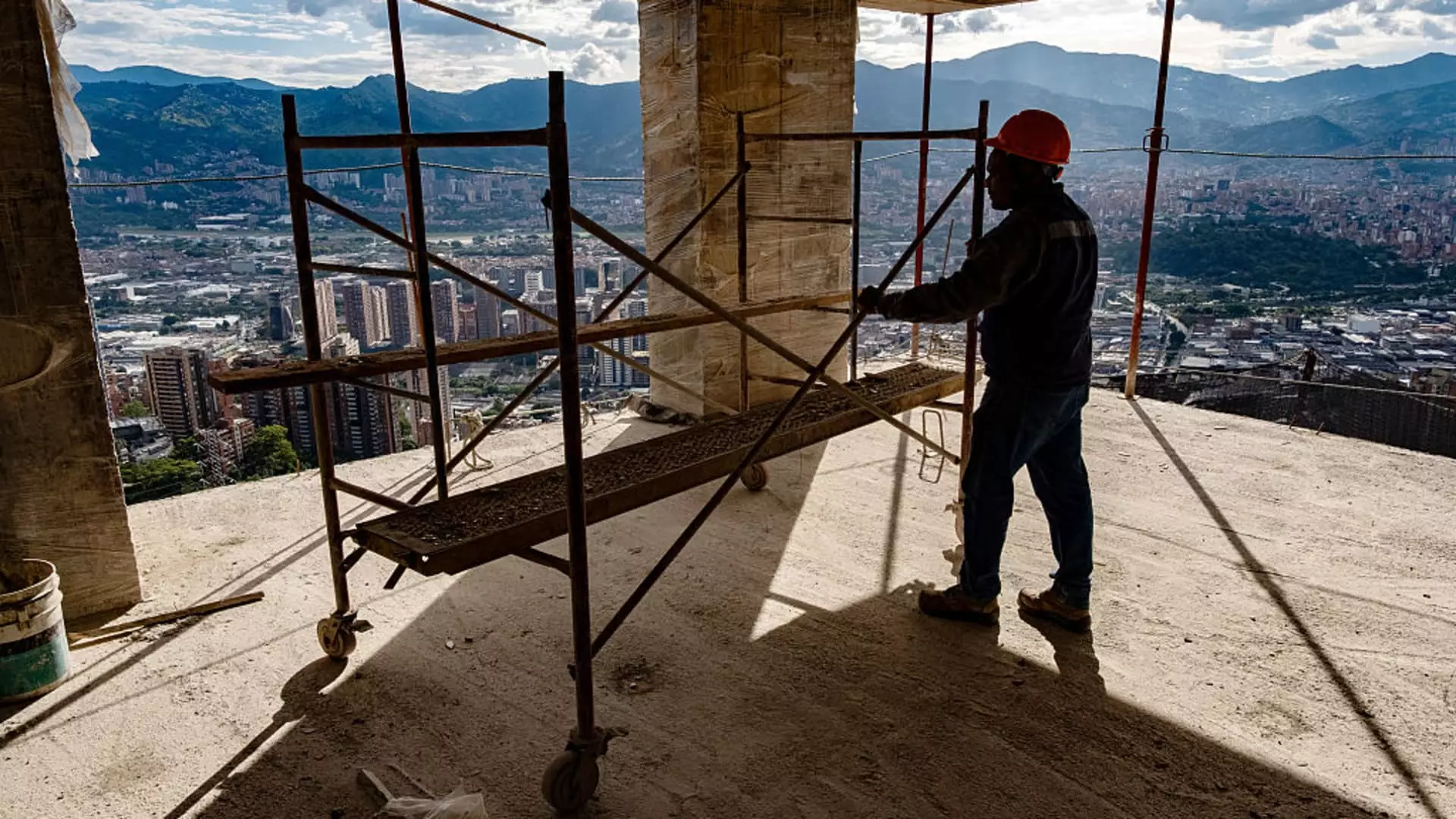Progress often feels slow in the realm of construction, largely because this sector has historically been resistant to technological innovation. Despite its enormous scale and influence on global infrastructure, construction remains among the least digitized industries worldwide. This stagnation isn’t just an industry quirk—it’s a systemic issue that leads to inefficiencies, skyrocketing costs, and environmental degradation. While sectors like automotive and aerospace have invested heavily in IT and automation, construction lags far behind, dedicating less than 1% of revenue to technology. This neglect hampers the industry’s ability to adapt to modern demands, ultimately making it less sustainable and more wasteful.
The Cost of Outdated Practices
The consequence of technological apathy manifests vividly in project delays, financial overruns, and hazardous work environments. Discrepancies in documentation, conflicting instructions, and manual workflows are commonplace, leading to mistakes that force costly rework. For a project valued at hundreds of millions—like a high-rise in New York City—millions of pages of documents must be processed daily, each evolving in real-time. This dynamic environment fosters errors, miscommunications, and a significant carbon footprint, as unnecessary work produces avoidable emissions. The inefficiencies are staggering, with McKinsey estimating nearly $1 trillion in lost productivity annually across the industry.
Personal Stories Illuminate Systemic Failings
Sarah Buchner’s journey exemplifies the human toll behind these systemic flaws. Starting as a construction worker and rising to manage multi-million-dollar projects, she’s directly experienced the dangerous consequences of an outdated system. The tragic fatality she encountered compelled her to rethink the industry’s approach to safety and efficiency. Driven by personal tragedy, she transitioned into construction technology—founding Trunk Tools to harness AI for smarter, safer workflows. Her story underscores how innovation isn’t just about profit; it’s about saving lives and reducing waste.
Technology as a Catalyst for Critical Change
Buchner’s platform exemplifies how artificial intelligence can revolutionize construction workflows. By processing millions of unstructured documents—blueprints, schedules, specifications—it extracts relevant data, making complex information more accessible and reducing human error. For example, conflicting documents about a single task—say, installing an emergency exit—can be reconciled swiftly, preventing costly mistakes and unnecessary environmental harm. The AI doesn’t just streamline operations; it enhances safety protocols, minimizes delays, and supports sustainable development by decreasing material waste.
The Broader Implications and Industry Shift
The partnership between Trunk Tools and tech giants like Microsoft signals a growing acknowledgment that change is overdue. As the industry begins to embrace digital transformation, investments in construction tech are expected to increase, driving further innovation. This shift represents more than just profit; it reflects a moral shift toward prioritizing worker safety, environmental sustainability, and economic efficiency. The real question is whether this momentum will continue to accelerate or remain an aspirational vision for the future. Given the scale of potential gains and the mounting pressure for sustainable development, it’s clear that modernization in construction isn’t optional—it’s imperative.
While some may see these technological advancements as luxury or disruption, the truth is that they are essential for reshaping a deeply entrenched industry. Embracing innovation allows for a more efficient, safer, and environmentally responsible future. The industry’s resistance has been a testament to its conservative nature, but the time for change is now—before the costs of inaction become irreversible.

